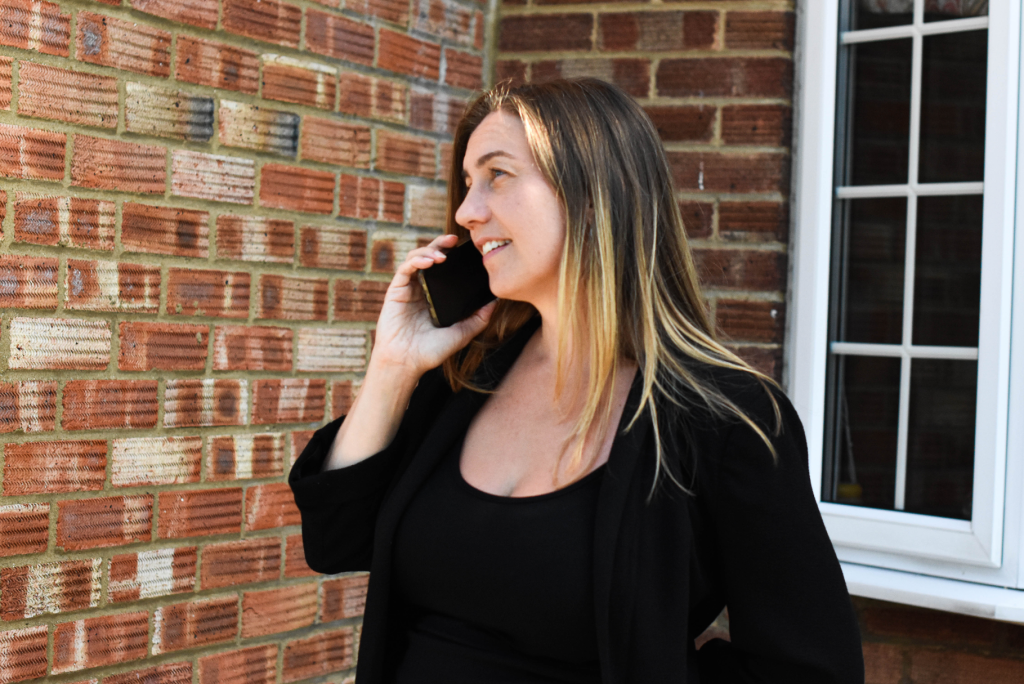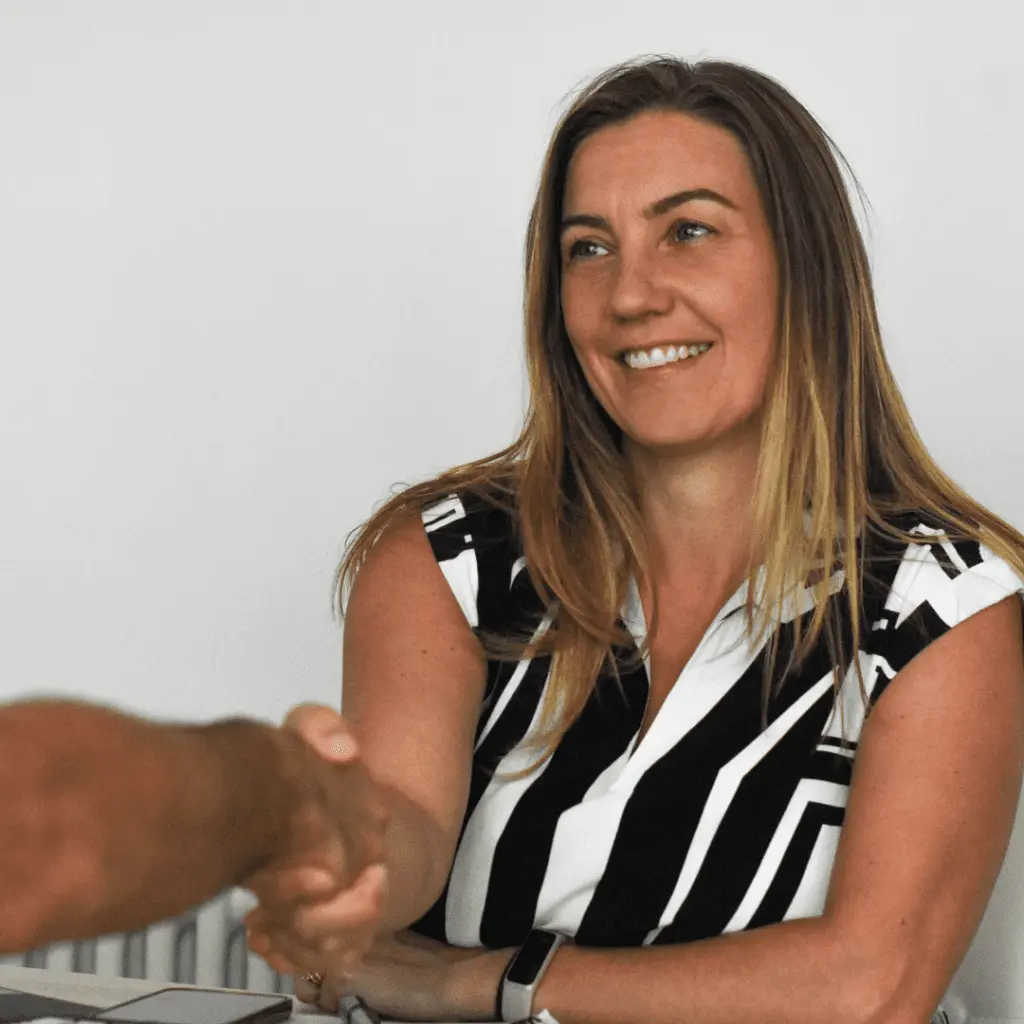Debt Consolidation
You may be considering borrowing against the equity in your home. Evergreen mortgages can help you to review your finances to see if consolidating debt on your mortgage is something you can qualify for and help you to fully consider all your options.
About Debt Consolidation
You may be considering borrowing against the equity in your home to help you to have one easy monthly payment, to clear off debts and give you a clean slate, or to pay for home improvements. Evergreen mortgages can help you to look at each of the different options below and decide which works best for you and your family.
Can I borrow more money on my mortgage to pay off debt?
If you have enough equity in your property, it may be possible to increasing your outstanding mortgage and give you access to some of that equity. This could allow you to clear down current debts like credit cards & loans or pay towards new plans you may have such as home improvements, holidays or cars. An exception to this would normally be business or gambling debts, as these are considered higher risk and lenders don’t like to secure these kind of debts against your home.


Is it worth consolidating your debts?
To decide if it’s worth consolidating your debts, there are a number of things to consider. These include:
- Your current outstanding financial commitments, including the monthly payment and interest rate being charged.
- The current property value, and the current mortgage amount.
- The mortgage lender you are with at the moment and the type of rate you have with them.
- Your future plans and what are the money is required for.
Then we can help you to work out how much you could save per month, or how much extra it could cost you. We can also help you determine if you are eligible with your current lender or if you need to apply with a new or additional lender.
Types of debt consolidation
A remortgage is when you apply to a new lender to refinance your current mortgage or home sometimes to access better rates, and sometimes to access a higher lending figure. All lenders assess income and outgoings in different ways, which means each lender could offer a different mortgage amount based on their criteria at the time.
A further advance is when you borrow more money from your existing lender without impacting the current mortgage and mortgage interest rate that you already have in place. If eligible, you can secure additional borrowing from your current lender based on the rates available at the time of applying for the further advance (not the original rates). This helps to avoid any early repayment charges that might be applicable if you try to move to a new lender mortgage whilst you are in a fixed rate product. Following the release of the money you will then find you have 2 parts to your mortgage, based on the 2 individual products and mortgages you have borrowed. Each with their own ‘product end’ dates and early repayment charges.
A second charge allows you to take a new mortgage amount behind your existing first charge mortgage without impacting any early repayment charges or having to give up any beneficial interest rate, you may have with your first charge mortgage. Second charges can sometimes allow a higher borrowing amount than first charge lenders as they have different lending criteria to first charge mortgages. At Evergreen Mortgages we have access to refer you to some excellent companies with very competitive rates.
A secured loan is a loan that is secured at the land registry against a property or something of high value. In this case we are talking about loans secured against property. Whether your mortgage is a standard first charge mortgage or a second charge mortgage, both types are secured against your home. Both lenders reserve the right to repossess the property if you do not make your mortgage payments on time.
Often a second charge mortgage is called a secure loan, but it is important to recognise that they are both mortgages and viewed in the same way as your original first charge mortgages, with the same repossession abilities. Should you miss payments on your mortgage, second charge or secured loan, the mortgage or loan company can apply to the courts to repossess your home.
FAQs
There are positives to consolidating debt in some circumstances. It can help by providing one easy monthly payment instead of multiple smaller ones. Perhaps you wish to stretch the repayments out over a longer period of time, to make the monthly payments cheaper. In some cases, the interest rate can be much lower than a high interest credit card or an unsecured finance loan.
Even though the interest rate could be lower, one disadvantage could be that because the mortgage repayments are being made over a much longer timeframe, you could end up paying more interest in the long run because the lower interest rate is payable over a longer term.
Another disadvantage to securing additional finance against your home in this way is that it reduces the loan to value and level of equity in your home, which could make refinancing or remortgaging in the future more difficult.
In order to qualify for debt consolidation you would need to have enough equity in your current home to enable you to borrow more against the property. Whilst every lender varies in their criteria and rules surrounding additional borrowing and remortgaging, generally speaking lenders need between 10% – 15% equity to remain in the property, so you can often refinance up to 85% – 90% of the property value when completing a remortgage/further advance/second charge loan.
To get a further advance with your existing lender or a second charge is often a similar process to obtaining your first mortgage, as affordability must be assessed. Payslips and bank statements should be provided to evidence your income and outgoings as well as bank statements which will be reviewed. However, money can often be released to you much sooner than with a full remortgage, as in many cases, solicitors are not required, or are only making small amendments to your land registry, so this is often very quick compared to a standard remortgage.
One of the main reasons people take out a second charge mortgage is if their existing lender has been unable to grant them a further advance, but they have large early repayment charges to move away from this lender. It could be you have a really good value interest rate with the current lender, which makes it financially detrimental to move away from the current mortgage lender. In this situation is a second charge mortgage can be taken out behind the original mortgage allowing you access to the additional funds you require.
Second charge mortgages can be higher interest rates and more expensive in some cases than a standard remortgage. Often your adviser may consider a further advance with your current lender before looking at a second charge, but not all lenders offer further borrowing, and sometimes they may not want to lend the amount you need. However, if the original product or mortgage rates is very beneficial, as the second charge mortgage amount you need to borrow is often smaller, the higher interest rate could be less impactful. This can still mean it’s financially beneficial to have two different mortgages because it saves money on the early repayment charge and saves money by keeping the beneficial low interest rates on the original mortgage in place.
Your first charge mortgage and second charge mortgage simply mean when the charge was registered. The first charge mortgage is your normal standard mortgage, often when you bought or remortgaged your home. This means on the land registry if the house were to be sold, they must receive their money in the first instance, as they have the first charge against the security property (your home). A second charge mortgage is taken out after the original mortgage and so goes onto the land registry as a charge behind the original mortgage. If the property is sold, they would receive their funds in the second instance. As this is riskier than being the first charge, they often charge higher rates because they’re taking a higher risk. Both lenders have the ability to repossess the home if you do not keep up the mortgage payments.


